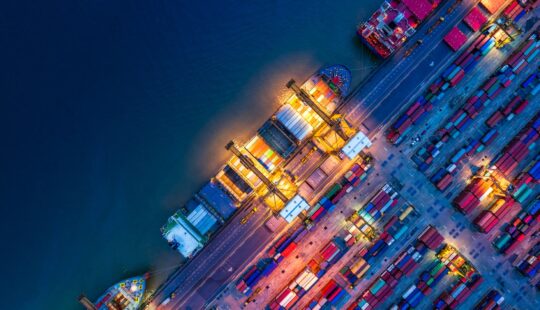I wrote most recently about supply chains and sustainability. Since then – and consistent with the past 18 months – new perspectives on supply chain bottlenecks continue to surface.
These include England facing shortages from a combination of COVID-19 and Brexit, shortages likely to affect the holidays this year, microchip shortages and the disruption of the automotive industry. The story just goes on and on, doesn’t it?
For many supply chain is a vague term, difficult to visualize beyond lorries on the road. But when the Ever Given container ship blocked the 193-kilometer Suez Canal earlier this year, we had a visual image of what a constipated supply chain looks like as ships backed up at both ends of the canal.
When Facebook, WhatsApp, and Instagram went down for six hours earlier this month, it wasn’t just narcissistic behavior that was disrupted; many small businesses were impacted as well, demonstrating the role social media plays in supply chains.
I discussed recently how business leaders expect regular supply chain disruptions to continue, and in Germany we’re hearing there are backlogs on lumber among many other products and resources. Container ships, one of the most prevalent ways goods and material are transported around the world, are experiencing the same traffic jams we experience in Germany on the Autobahn. Ever wonder how lonely the world’s shipping lanes are? You can find out yourself here — the visual is really remarkable.
But it’s not all bleak. Companies have been working to make their supply chains more resilient, establishing alternative sources to sidestep delays or shortages. Inventory optimization strategies are being put in place or updated, and in many cases increasing inventory of essential items combined with greater visibility and planning capabilities. Utilizing digital networks introduces new and more complete forms of collaboration for supply chains, providing real-time insights for strategic decision making.
The traffic jams on the world’s waterways, like those on the Autobahn, will recur. But having the ability to navigate through or around them – using your car’s GPS for rerouting or end-to-end business processes such as design to operate – could well make the difference between being stranded or reaching your destination on time.
Franz Hero is head of SAP Digital Supply Chain Development.



